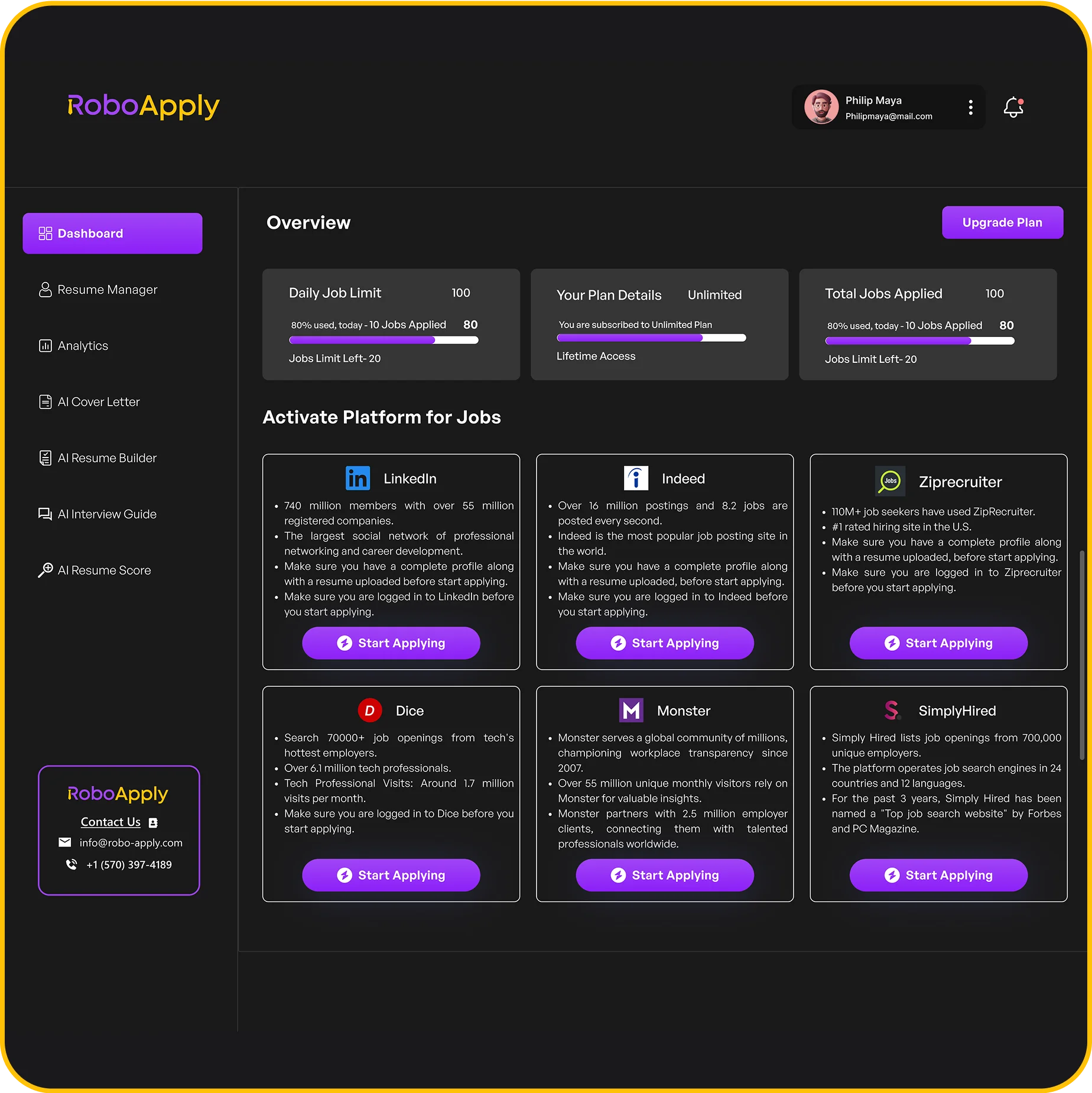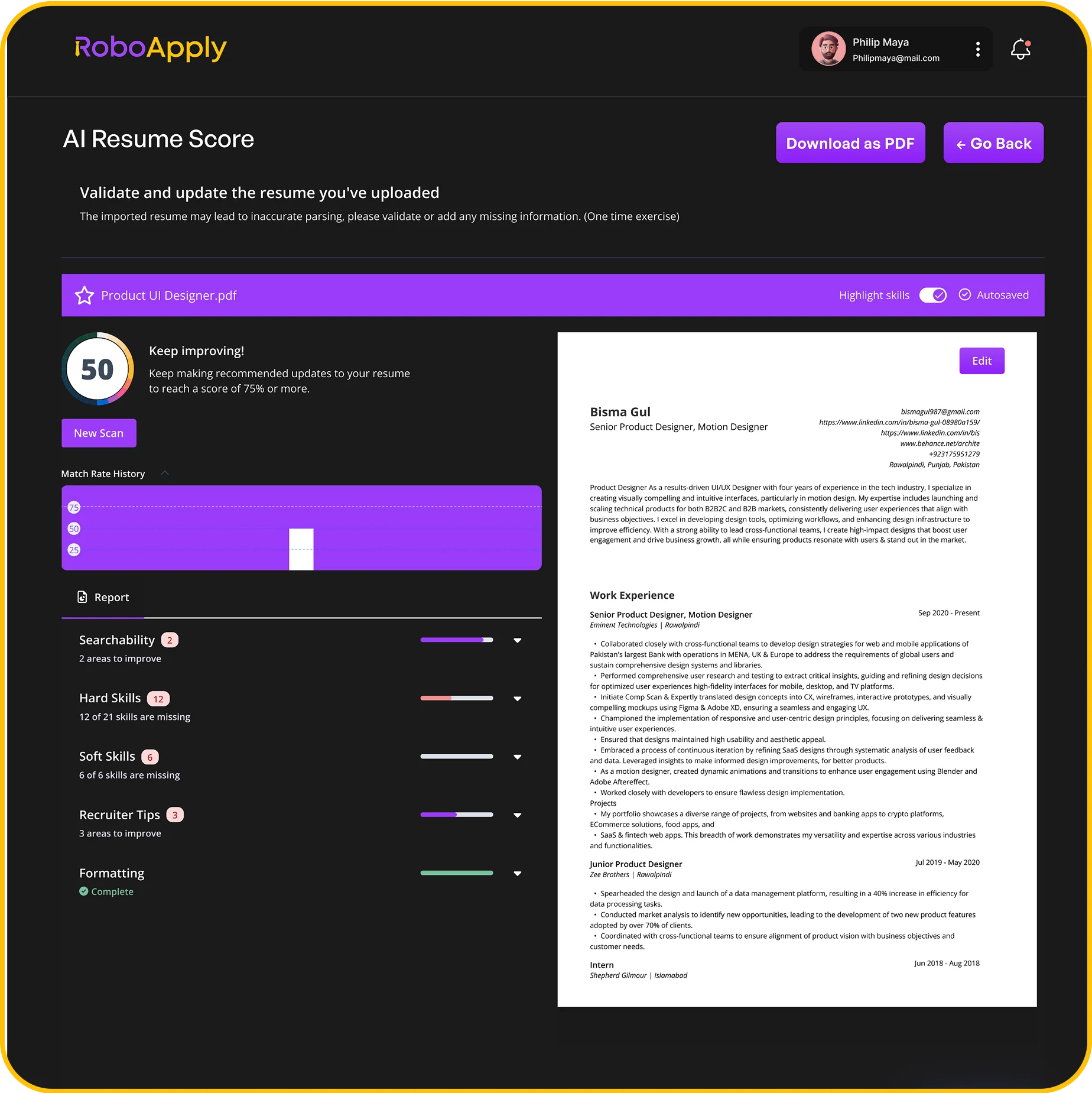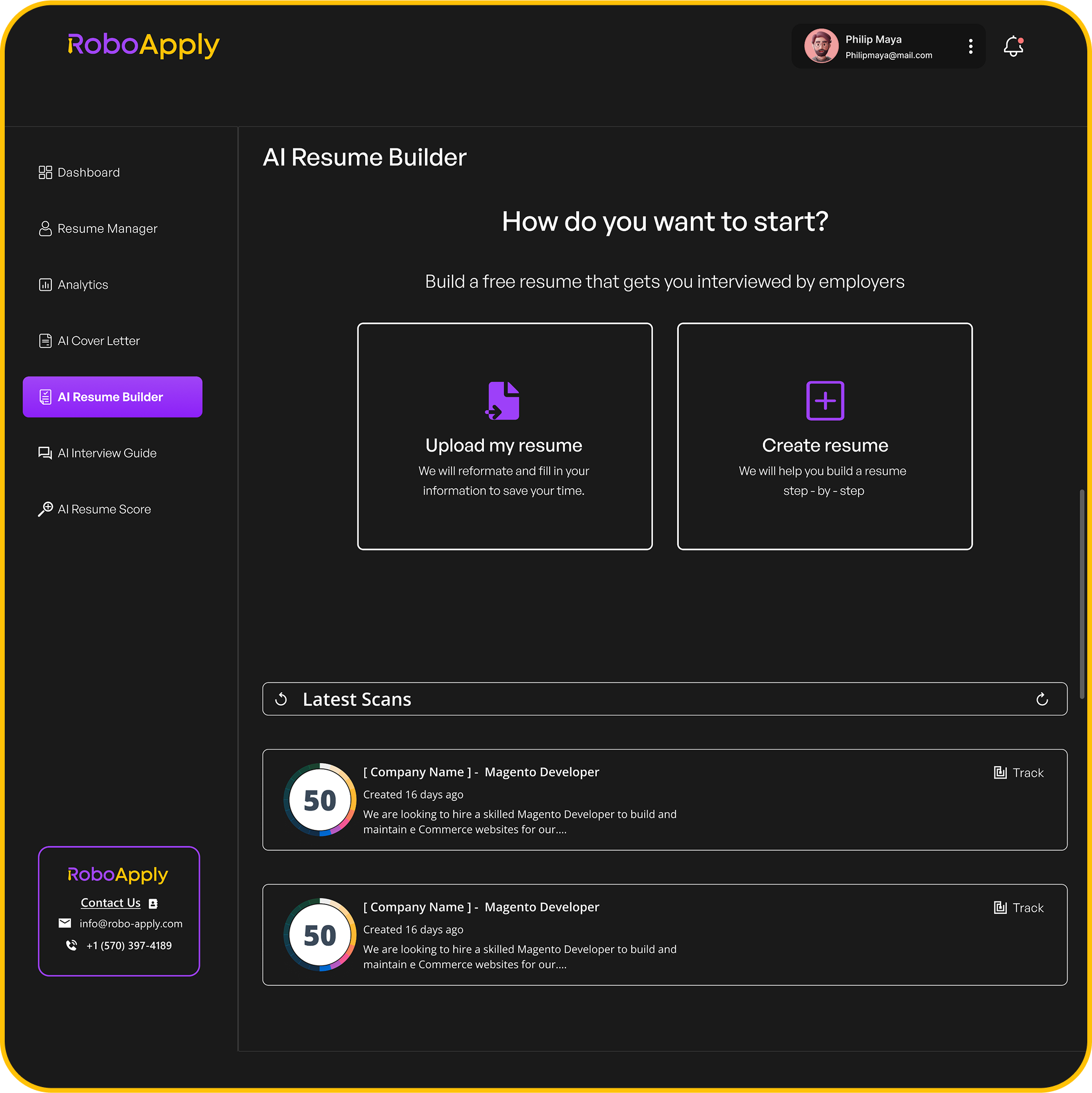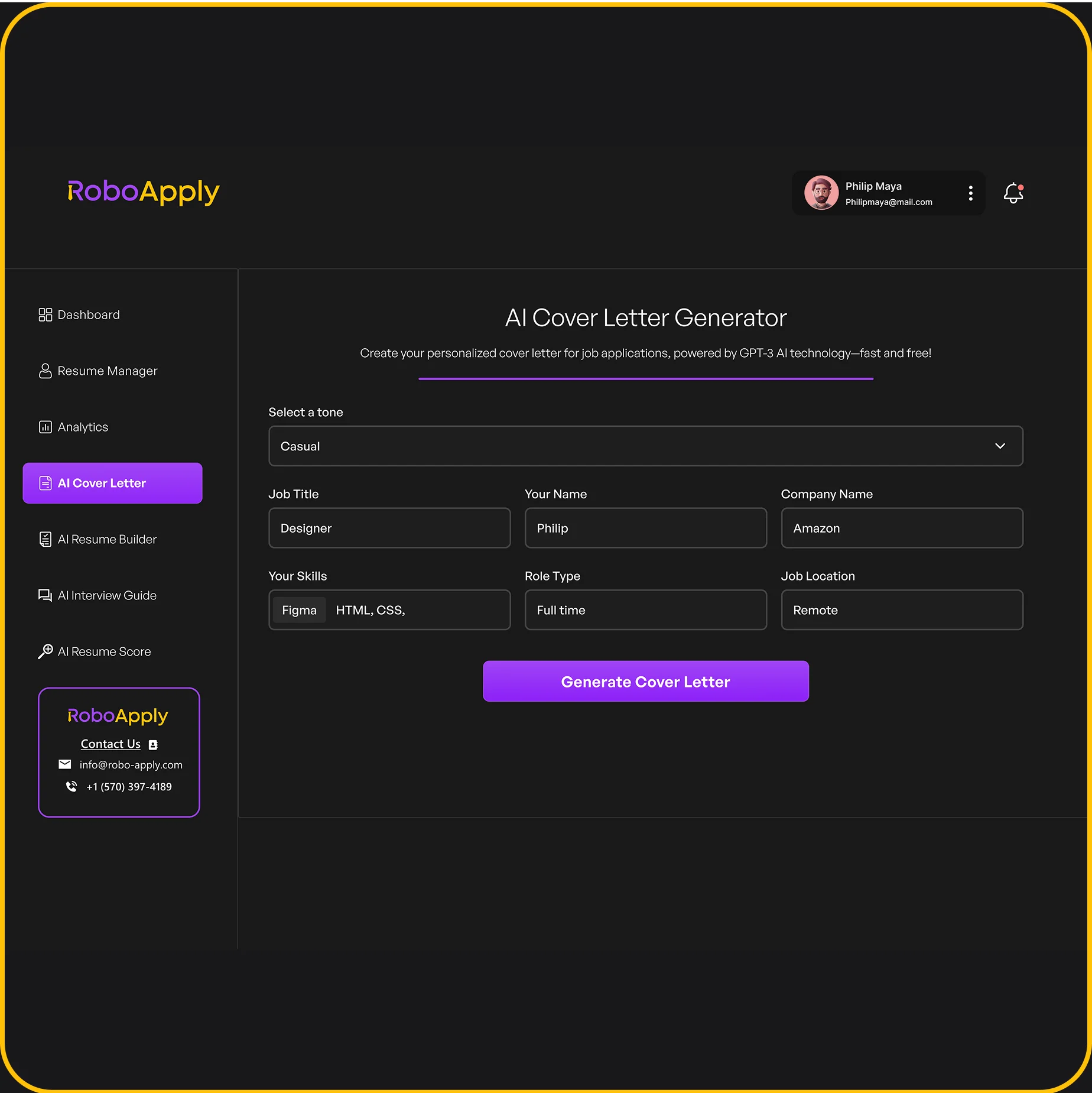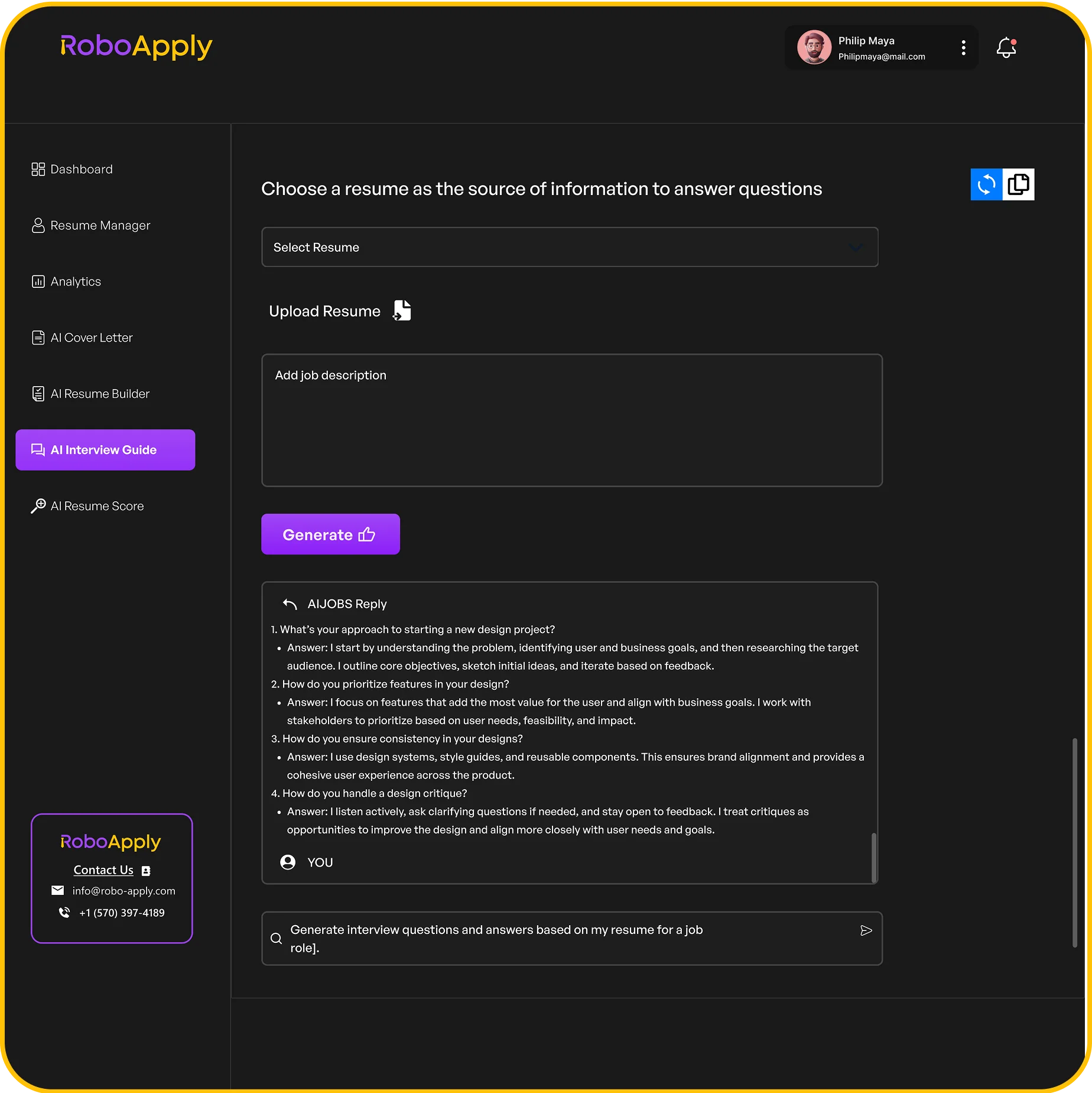A proposal cover letter can make or break a project or grant application. A strong cover letter quickly explains the problem, shares how the project will address it, and clearly lists what sets the applicant apart from others.
This simple approach saves time for the reader and gives the proposal the best chance of moving forward.

Anyone can improve their cover letter by focusing on clear language, strong openings, and direct points. Learning how to grab attention right away and keep it with focused, relevant details is key.
For more tips and real examples of successful cover letters, check out this guide on writing proposal cover letters or review this step-by-step article to see what works best.
Understanding the Purpose of a Proposal Cover Letter
A proposal cover letter sets the tone for the rest of the proposal and shapes how a reviewer will view the application. Using clear language and specific details can help the reader connect quickly with the content and purpose of the proposal.
Making a Strong First Impression
A cover letter is the first page the reader sees, so it must be engaging and easy to read. The goal is to introduce the proposal and highlight why the applicant or their team is a good fit for the job.
Listing key skills or experiences early in the letter shows expertise and builds trust right away.
Key features of an effective cover letter include:
- Clear introduction: State who is making the proposal and for which opportunity.
- Confidence: Express certainty in ability to deliver what the job posting asks for.
- Relevance: Share real examples or facts connected to the job or project needs.
The tone should be professional and positive, avoiding vague or dramatic language. Even simple actions—like proofreading—can help leave a positive, lasting impression with the reader.
For more tips on creating a strong start, see these proposal cover letter examples.
Connecting the Proposal to the Job Posting
A strong cover letter should directly link the proposal to the specific needs listed in the job posting. This helps the reviewer see that the writer understands the requirements and is responding to them.
List ways the proposal addresses the employer’s priorities by matching key points to the job description, which shows attention to detail.
Tips to connect with the job posting:
- Use similar language: Echo phrases, keywords, or terms used in the job listing.
- Address main needs: Point out how the proposed solutions solve the main problems stated in the posting.
- Show understanding: Mention key goals or pain points the employer listed and describe how the proposal will help.
For more advice on this approach, read how to align your cover letter with employer needs.
Essential Components of an Attention-Grabbing Cover Letter
A strong cover letter stands out when it uses the right greeting, starts with a good introduction, gives details about why the applicant is a great fit, and shows real interest in the opportunity.
Each part plays a specific role and should be handled with care and clarity.
Crafting an Engaging Salutation
The salutation, or greeting, makes a first impression. It is important to avoid generic greetings like “To Whom It May Concern.”
Addressing the hiring manager by name, when possible, can make the letter feel more personal and relevant. If the name is not listed in the job posting, take a few minutes to research the company’s website or LinkedIn.
Using a job title, like “Dear Hiring Manager,” is acceptable if a name cannot be found. Proper spelling and formatting matter.
Mistakes here can cause the reader to doubt attention to details. The goal of a strong salutation is to show respect and professionalism from the beginning.
Examples:
- Dear Ms. Lopez,
- Dear Hiring Manager,
- Dear Selection Committee,
Writing a Compelling Introduction
A compelling introduction should grab attention in the first sentence. State the position being applied for and include a brief statement that shows an understanding of what the company is looking for.
Explain how your skills could help solve a specific problem or meet a need. The introduction should be clear and direct.
Avoid clichés and long, drawn-out explanations. If possible, mention how you heard about the role, especially if it was through a referral.
This helps add context and credibility to the application. Using powerful and simple language helps set a confident tone.
The aim is to make the reader interested in learning more.
Key points:
- State the specific position by name.
- Connect your skills to the company’s needs.
- Keep the first lines short and appealing.
Emphasizing Relevant Qualifications
This section is where the applicant should match their experience and skills to the requirements in the job posting. Companies want to see how an applicant’s qualifications make them capable of taking on the role right away.
Use examples or brief stories to demonstrate how these skills have been applied successfully in the past. Bullet points can help make information clear and easy to find.
Sample ways to highlight qualifications:
- Led a team of five in a similar project, finishing ahead of schedule.
- Used strong communication skills to resolve client issues.
- Managed budgets totaling over $500,000.
Tailoring qualifications to the job description shows care and effort.
Showcasing Enthusiasm for the Opportunity
Genuine enthusiasm is important as it helps the applicant stand out. Companies look for people who are excited about the role and the organization, not just any job.
That excitement should feel specific and real, not generic or forced. Mention something about the company’s mission, values, or recent achievements.
Connecting these points to personal goals gives extra weight to the cover letter. For example, explain why the company’s values align with your own.
Expressing interest in helping the company succeed shows future commitment. Even a short line can convey passion and motivation.
For more tips on showing enthusiasm in a cover letter, visit these practical cover letter strategies.
Tailoring Your Cover Letter to the Job and Audience
A good proposal cover letter matches the expectations of the hiring manager and responds directly to the job description.
It shows real interest in the specific position and organization. Using the right approach can help a candidate stand out during a job search.
Aligning with the Job Description
The job description is the candidate’s guide to what the company values most. It lists what skills and qualities are required.
He or she should carefully read each part and pick out keywords or phrases. Including these keywords in a cover letter helps show alignment with what the employer wants.
For example, if the description asks for “strong project management skills” or “client communication experience,” these should be mentioned directly and backed up with short examples.
It is also helpful to use a table to match job requirements to personal experiences:
| Job Requirement | Personal Example |
|---|---|
| Project Management Skills | Led a team project |
| Client Communication | Acted as client liaison |
This clear strategy shows the hiring manager that the applicant took time to show they are a fit for the job.
More on this can be found in the tips at Indeed.
Understanding the Hiring Manager’s Perspective
The hiring manager is reading many cover letters. He or she is looking for information that makes a candidate stand out but also matches the company’s needs.
Candidates should keep their language direct and focus on what the hiring manager will find important. An effective cover letter avoids generic statements.
Instead, it shows understanding of the company’s goals or recent projects by mentioning them. For example, referencing a recent company achievement signals awareness and effort.
Bullet points can make it easier for the hiring manager to see qualifications fast:
- Noted skill or certification required by the job
- Example of a recent success at a previous job
- Interest in helping the company achieve its mission
Using straightforward, specific examples builds trust with the hiring manager, as highlighted in advice from The Writing Center.
Addressing the Audience’s Needs
The audience for a proposal cover letter is often broader than just the hiring manager. It might include HR, team members, or leadership.
Each has unique concerns. Job seekers need to consider what each audience member wants.
Focus should be on how the candidate’s skills solve the team or company’s specific challenges. He or she can refer to recent goals or projects within the company to show awareness of their priorities.
A short, focused paragraph describing how past achievements can address current needs can be powerful. Avoiding jargon and keeping the message clear makes the letter accessible to all readers.
Strong, to-the-point writing that uses impactful verbs, as suggested in the guide from OpenAsset, helps the audience quickly see that the applicant understands what is needed.
Demonstrating Communication Skills and Creativity

A strong proposal cover letter showcases communication skills and creativity to capture attention. Using direct, simple language and sharing specific examples helps the writer stand out.
Utilizing Concise and Clear Language
Clear communication starts with using concise sentences and simple vocabulary. Writing in a direct style prevents misunderstandings and shows respect for the reader’s time.
Applicants should avoid filler words and complex terms. Short paragraphs and bullet points help break up the content, making it easier to read.
This also lets the hiring manager find key information quickly. For example, instead of “I am reaching out to explain why I believe I am a great fit for your organization,” it is better to say, “My skills match what your team needs.”
HBR explains that strong openers and clear statements improve first impressions.
Highlighting Creativity with Specific Examples
Creativity is best shown through real examples rather than claims alone. Candidates should mention projects where their creativity solved a problem or met a unique need.
Lists or tables can help organize these examples, such as:
| Situation | Creative Action | Outcome |
|---|---|---|
| Tight deadline | Created new workflow | Finished early |
| Limited resources | Used free digital tools | Met project goals |
| Team disagreement | Introduced brainstorming | Improved team decisions |
Naming the challenge, the action, and the result gives proof of creativity. As seen in cover letter guidance on TealHQ, concrete stories demonstrate these abilities well.
Employing Effective Storytelling Techniques
Storytelling gives life to a proposal cover letter. Instead of listing facts, writers can share a short story highlighting how communication skills and creativity led to success.
The story should be specific, mention a challenge, explain what was done, and end with a result. Keeping the story brief is important—one or two short paragraphs is enough.
Good storytelling makes the application more memorable. It shows how the candidate communicates and connects with others.
Showcasing Your Value Through Achievements

Highlighting real achievements and proven skills is a reliable way to build trust. Sharing concrete examples and focusing on results can help readers see the value clearly and quickly.
Providing Measurable Results
Using specific numbers makes achievements more convincing. Clients respond well to measurable improvements, such as cost savings or time reductions.
For example, a proposal might mention, “Reduced project delivery time by 20% in the last year,” which is more effective than a broad claim.
A simple table can help organize these results:
| Achievement | Measurable Result |
|---|---|
| Increased sales | By 15% in one quarter |
| Reduced support requests | By 30% after updates |
| Improved project turnaround | From 4 weeks to 2 |
Reviewing strong cover letter examples often shows how numbers and facts support each claim.
Demonstrating Attention to Detail
Attention to detail is key in a proposal cover letter. Small mistakes—like typos or wrong names—can cause the reader to lose trust.
Correct formatting and keeping the style consistent show the writer cares about the work. Writers can list out steps they take to check their letter, such as:
- Double-checking names and addresses
- Reading the letter out loud for clarity
- Using simple vocabulary and short sentences
- Making sure all requirements from the request are clearly addressed
A focus on details signals reliability and professionalism. Good cover letter examples highlight these points by being well-structured and error-free.
Building Professional Connections With Recruiters

Professional connections play a key role in the job search process. Making use of platforms like LinkedIn and communicating clearly with recruiters helps applicants stand out.
Leveraging LinkedIn for Networking
LinkedIn is essential for job seekers who want visibility. A complete, well-written profile highlights skills, background, and achievements.
Good LinkedIn profiles use clear photos, short summaries, and examples of work. Connecting with recruiters is easier when sending personalized messages.
Address the recruiter by name and explain why you are reaching out. These messages should be polite, short, and clear about the type of job you want.
Follow companies and interact with their posts. Comment on updates and share news relevant to your field.
This makes a profile more active and increases the chances of recruiters noticing it. Helpful tips and resources about using LinkedIn for networking are often discussed in guides like this article on writing effective cover letters.
Engaging With Recruiters Effectively
Communicating with recruiters requires preparation and respect for their time. Research the recruiter’s background and company before starting a conversation.
When sending a message or email, use a direct subject line. Mention the job or type of work you are looking for.
Keep the message focused, thanking them for their time and providing contact information. During phone calls or meetings, speak clearly and answer questions honestly.
Ask about what the employer wants and listen carefully. If a recruiter gives feedback, show appreciation and use it to improve job applications.
Respond to messages promptly and keep updates professional. Staying polite and organized helps maintain a good relationship with recruiters.
Following Up and Maximizing Interview Opportunities

Staying engaged after sending a proposal cover letter can improve the chances of moving forward. Timely and professional actions help set a positive tone with the recipient.
Writing a Thoughtful Follow-Up
A good follow-up email should be polite and direct. It lets the recipient know the sender is still interested while respecting their time.
Ideal timing is usually 3-5 business days after the initial submission. The message should begin with a thank you for considering the application.
Briefly restate interest in the role and mention one specific detail that makes the opportunity appealing. For example:
- “Thank you for reviewing my proposal.”
- “I am excited about the chance to work together because of your team’s approach to innovation.”
Avoid repeating the proposal’s full content. Instead, keep the follow-up concise and professional.
Close with a clear question, such as asking about the timeline for next steps. This encourages a response and keeps the conversation open.
For more details on sending a successful follow-up, see insights at Qwilr’s guide.
Preparing for the Interview Process
If contacted for an interview, being ready is key. Start by reviewing the proposal and the company’s requirements.
Have a list of talking points that highlight how personal skills and experience match the needs of the project. Practice answering common interview questions about past experiences, teamwork, and problem-solving.
Use short, clear examples to show results from previous work. Bring a printed copy of the proposal and resume to refer to during the conversation.
Dress neatly and arrive early if the interview is in person. For a video call, check the technology ahead of time.
Prepare questions to ask about the project or team. Showing interest through well-researched questions proves that the candidate is both invested and prepared.
To explore more ways to stand out in interviews, visit Loopio’s proposal cover letter tips.
Adapting Proposal Cover Letters for Specialized Applications
Customizing a proposal cover letter is important when applying for different opportunities. Each type of application may have its own format, requirements, and expectations.
Writing Grant Proposal Cover Letters
A grant proposal cover letter should always be written on the organization’s letterhead. The date on the letter should match the submission date of the grant application.
Direct the letter to the specific person or committee reviewing the grant. Clearly state how the grant money will be used and why the organization is a good fit for the funding.
Use plain language to outline the project’s goals and how it meets the grant’s objectives. Keep the letter short—usually one page.
Always thank the grant reviewer for their time and consideration. For more detailed steps and tips, see this guide on how to write a cover letter for your grant proposal.
Frequently Asked Questions
A proposal cover letter should be clear, specific, and focused on the client’s needs. Using professional language and a structured format helps make the letter easy to read and remember.
What are the key elements of a winning proposal cover letter?
A strong cover letter introduces the sender and the project. It mentions why the sender is a good fit and highlights important skills or experience.
It should also explain how the project will benefit the client.
Can you provide an example of a successful cover letter for a project proposal?
Dear [Client Name],
I am writing to submit my proposal for [Project Name]. I have over five years of experience with [related skill or field].
My team and I can deliver [specific benefit or solution] to help your project succeed. Please let me know if you have any questions.
Thank you,
[Your Name]
What are the best strategies to start a cover letter to ensure it captures attention?
Begin with a direct greeting and mention the project by name. Tell the reader why you are contacting them right away.
Use the first sentence or two to highlight a way you meet their needs.
How can I tailor a cover letter to stand out in a competitive bid process?
Read the client’s request carefully and include keywords from it. Mention details that show you understand their goals.
Give a brief example of a past success related to their project.
What is the format of a compelling proposal cover letter in a professional context?
Start with a greeting. Use short paragraphs with a clear introduction, a body explaining your fit, and a closing thanking the reader.
Sign off using a professional closing such as “Sincerely” or “Best regards.”
What language and tone should be used to make a cover letter noticeable?
The letter should use simple, clear, and polite language. Write in a confident but respectful tone.
Avoid slang and keep the message focused on the client’s needs.


